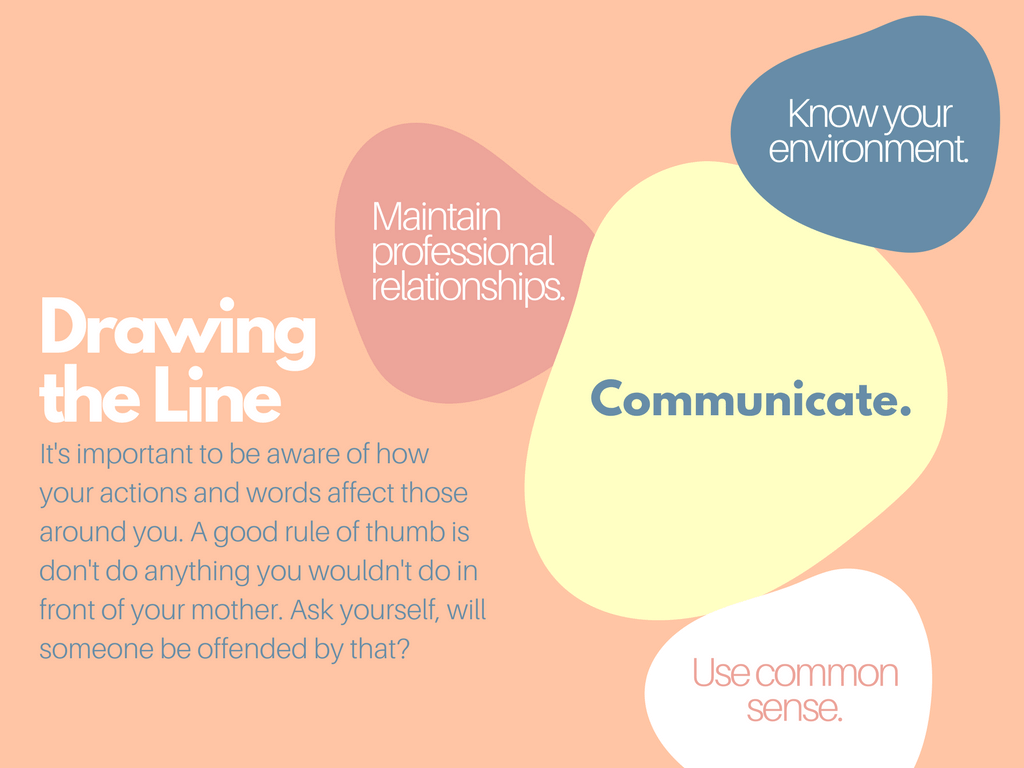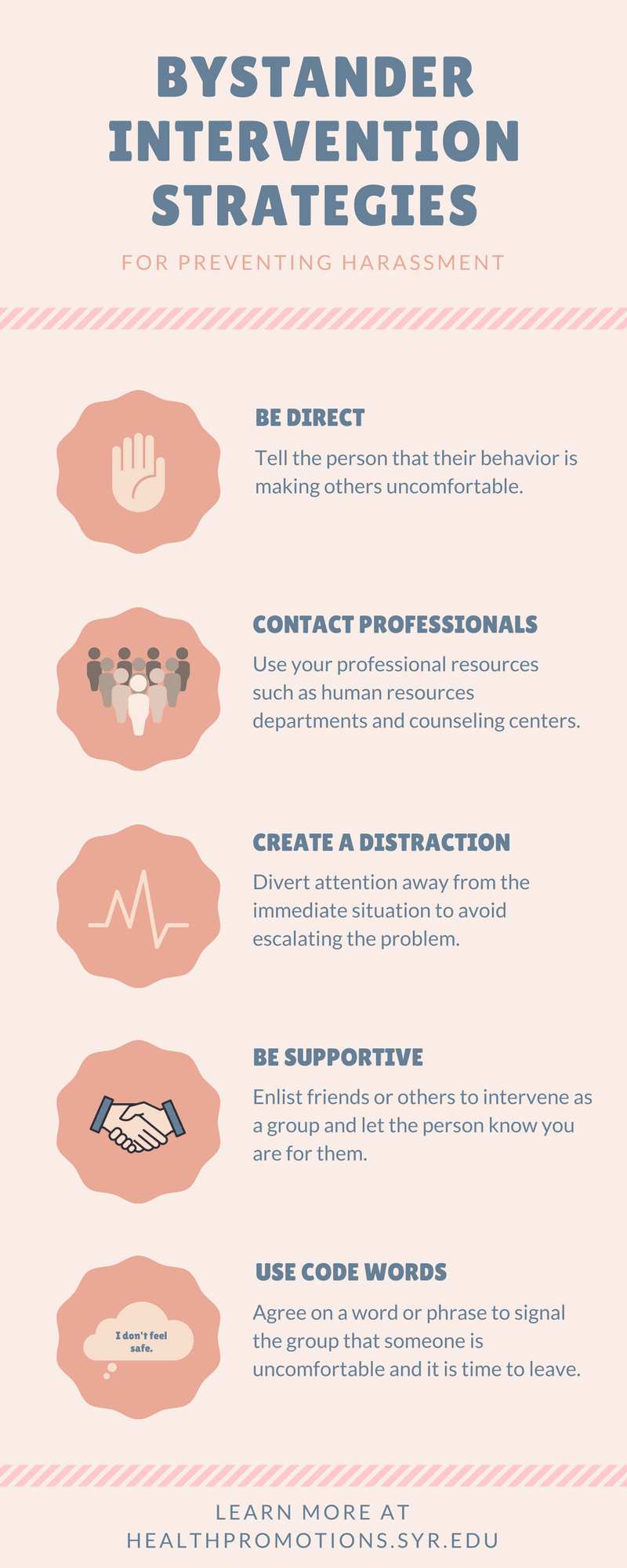From #MeToo to #NowWhat
From #MeToo to #NowWhat
Since the end of 2017, countless stories from women coming forward to address painful issues like sexual harassment and assault in their industries have surfaced. The #MeToo movement offered solace and empowerment for these women and brought much-needed attention to the imbalance of power within a flawed society.
The hashtag went viral, appearing in over 2 million tweets in 85 different countries and counting. Identifying the issues is easy, but finding ways to effectively and proactively address them among college students who are preparing to enter the workforce can pose more of a challenge. Allie Wahl, BDJ senior and president of SU’s Women in Communications club, aimed to capitalize on the women’s empowerment surrounding the #MeToo movement. WIC serves as a safe space for intimate conversations about sexual harassment and assault. Although Syracuse University works to incorporate programs that combat sexual assault, the focus seems to end at campus borders. The emphasis on the rape culture on college campuses is necessary and undoubtedly important, yet sexual assault does not end after college. This is a fact that has been lacking from campus dialogue — until now.

On April 4, Women in Communications and the Newhouse Career Development Center hosted a conversation about sexual assault in the workplace in the Herg. The conversation featured three panelists, Kristina Hahn ’98, the director of Americas Partner Solutions and Innovation at Google, Laurie Orlando ’87, SVP of Talent Planning and Development at CBS, and Chris Kosakowski, campus educator, and developer of the “Workplace Sexual Harassment Initiative,” and was facilitated by Newhouse professor Rebecca Ortiz. As graduation draws nearer and internship season approaches, students are entering the workforce — some for the first time. The event intended to help students identify what constitutes as harassment, how employers handle it, and what options exist to support yourself and others. Through their own recounted experiences, the panelists gave students a multi-perspective guide to navigating sexual harassment in the workplace.
1. What is sexual harassment?
As defined by employers, sexual harassment falls within a large umbrella of egregious abuses of power, explained Kosakowski. It can be intentional, or not — even if someone’s original purpose was not to harass, anything counter to our culture or inappropriate may foster a hostile environment. Harassment can be verbal or physical. There is an emphasis on occurrences happening in the workplace specifically, but sexual harassment can happen outside of work, while doing work-related things; it’s anything that gets in the way of you doing your work.
While developing your own professional relationships, communication is key. Good work conduct is comparable in some ways to social media, the panelists explain: you shouldn’t post something on social media that you wouldn’t want your parents to see, just as you shouldn’t do or say something at work that you wouldn’t do in front of them. When you develop more personal relationships with colleagues, find a balance between professionalism and friendship. Before interacting with a co-worker, assess your relationship with them and the environment and context you are in. Essentially, common sense is your best bet, the panelists advise.

2. What should you do?
If you experience sexual harassment in the workplace or witness someone else in an unsafe situation, it is important to make it clear that something is not okay immediately, the panelists say. In order to start an investigation in the company, utilize the human resources department as well as trusted higher-ups. Find a sponsor in your company who you trust and who wants to see you succeed. By confiding in someone who may have a higher position than you, change is possible whereas speaking solely amongst your peers may contribute to a negative, unchanging atmosphere. “The best sponsorships happen naturally,” Orlando says. “Start with the person who hired you. They saw something in you that they liked to begin with.” Other companies have mentorships which can help a new employee adjust to the company climate.
It’s important to take part and become a part of the solution. Offer your support and don’t be a bystander, the panelists say. “The best thing you can do is speak with someone, not for someone,” says Kosakowski. In other words, do not get caught up in the idea of the “strong” protecting the “weak.” Instead, check in with the other person. Both men and women can be allies. Empathize; ask them how they feel and present options that can help resolve a situation.
3. You can (and should) speak up.
When finding a work culture that is comfortable for you, trust your gut. Ask during interviews what the company’s core values are beyond the mission statement, suggests Orlando. If a company is lacking in diversity of ideas, it can feel a little like a vacuum, which is frustrating, the panelists say. Think about your potential boss — picking an employer who is approachable and conscious can be just as important as picking a company. “You should feel completely empowered to say no,” says Orlando. “It’s not only acceptable, it’s expected.”
The conversation surrounding sexual harassment in the workplace is not only out there, it’s become a significant part of our social climate. Last week’s panel was just the beginning of bringing necessary focus to campus. As Wahl thinks about the future — of WIC, of women, of the workplace — she smiles. “How could we go backwards at this point?” she asks. “It’s a good first step to have these conversations. I think that is moving in the right direction.”






